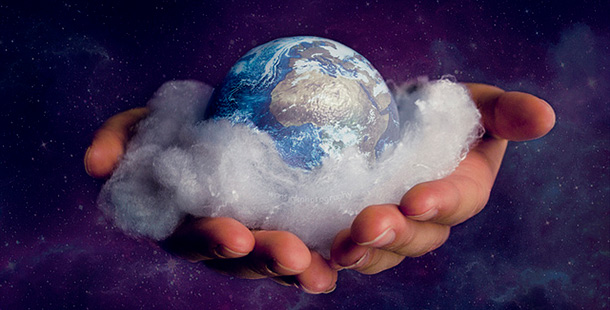As the seriousness of climate change intensifies and most countries still rely heavily on fossil fuels, it might appear that the world is at its lowest point. However, there is an ongoing shift in energy production. The United States, European Union, and many other nations are making considerable changes in their energy systems by embracing environmentally friendly technologies. Renewable energy sources such as wind, solar, and hydroelectric power are becoming increasingly attractive as their costs fall. By investing in clean energy, we can fight against climate change and cultivate a prosperous future for our Earth. Here are 25 Motivating Facts About Clean Energy for your exploration.
Believing in its benefits, both Walmart and Microsoft put big investments into renewable and clean energy like wind and solar. Not having to depend on fossil fuels and the price fluctuations will help businesses have a better edge in the future.
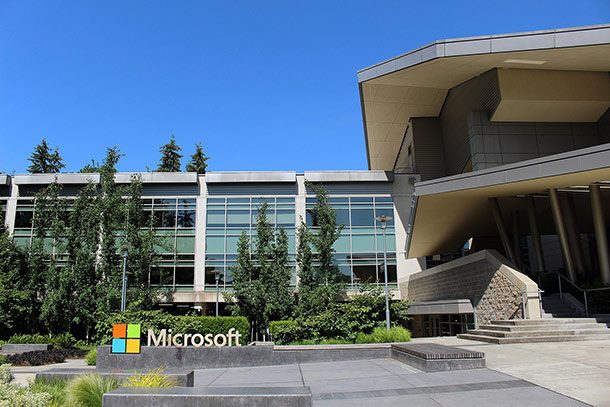 Source: https://www.huffingtonpost.com/jim-marston/10-clean-energy-facts-that_b_13136164.html
Source: https://www.huffingtonpost.com/jim-marston/10-clean-energy-facts-that_b_13136164.html The European Union, with the exception of Poland and Greece, said they will not make anymore coal plants by 2020. It was a surprise announcement and a ringing endorsement for moving toward clean sources of energy.
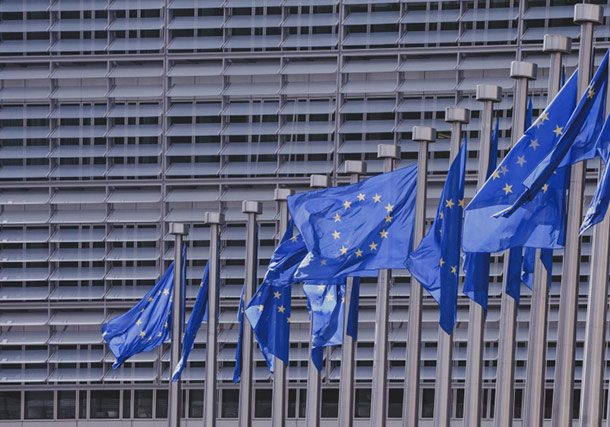 Source: https://www.theguardian.com/environment/2017/apr/05/the-end-of-coal-eu-energy-companies-pledge-no-new-plants-from-2020
Source: https://www.theguardian.com/environment/2017/apr/05/the-end-of-coal-eu-energy-companies-pledge-no-new-plants-from-2020 The standard wind turbine can power up to 300 homes, an achivement to be celebrated. Recently, a German company built a turbine that could even power up to 4,000 homes.
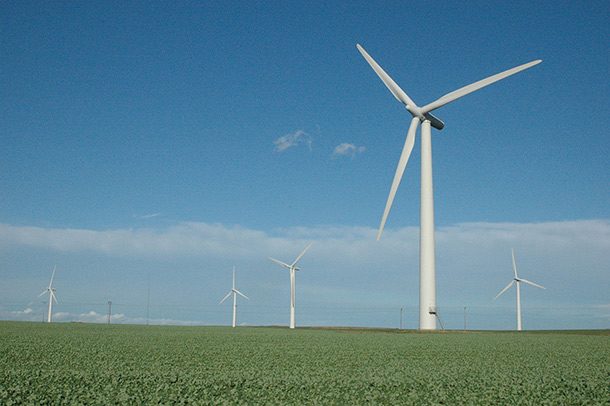 Source: https://www.treehugger.com/renewable-energy/powering-4000-homes-one-wind-turbine.html, https://www.terrapass.com/10-facts-renewable-energy
Source: https://www.treehugger.com/renewable-energy/powering-4000-homes-one-wind-turbine.html, https://www.terrapass.com/10-facts-renewable-energy With technological advancements in solar becoming more efficient and cost-effective, not to mention the fact it doesn't pollute the environment, solar power is likely to become the primary source of clean energy in the future.
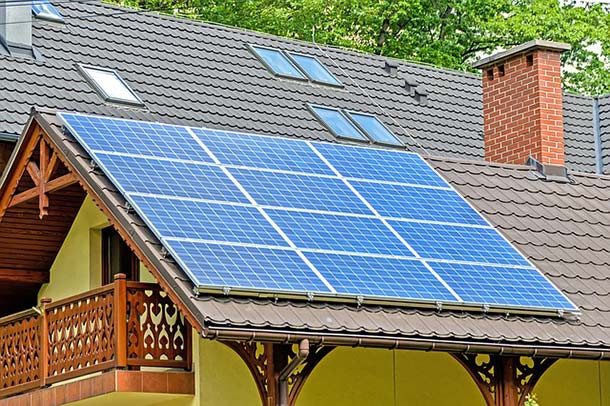 Source: http://fortune.com/2014/09/29/solar-power-could-be-worlds-main-energy-source-by-2050/
Source: http://fortune.com/2014/09/29/solar-power-could-be-worlds-main-energy-source-by-2050/ According to the conservation group WWF, clean energy can meet 95% of the world's energy needs by 2050.
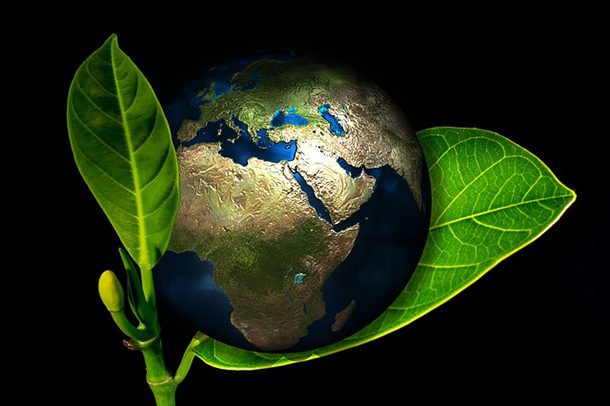 Source: https://www.reuters.com/article/us-renewables-wwf/renewables-can-meet-world-energy-needs-by-2050-wwf-idUSTRE71201T20110203
Source: https://www.reuters.com/article/us-renewables-wwf/renewables-can-meet-world-energy-needs-by-2050-wwf-idUSTRE71201T20110203 Bike sharing programs have grown substantially around the world. More than 800 cities in 56 countries have programs with 1 million bikes in circulation.
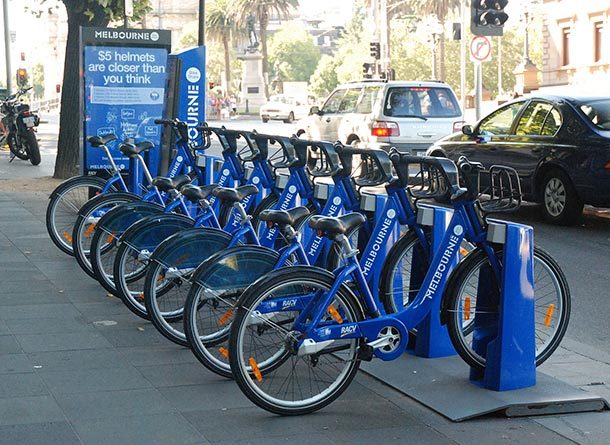 Source: https://www.ecowatch.com/7-facts-that-prove-the-renewable-energy-revolution-has-arrived-1882041987.html
Source: https://www.ecowatch.com/7-facts-that-prove-the-renewable-energy-revolution-has-arrived-1882041987.html With clean energy growing in popularity, nuclear energy has begun to decline due to rising costs and safety concerns. From 2006 to 2014, nuclear energy dropped by 14%.
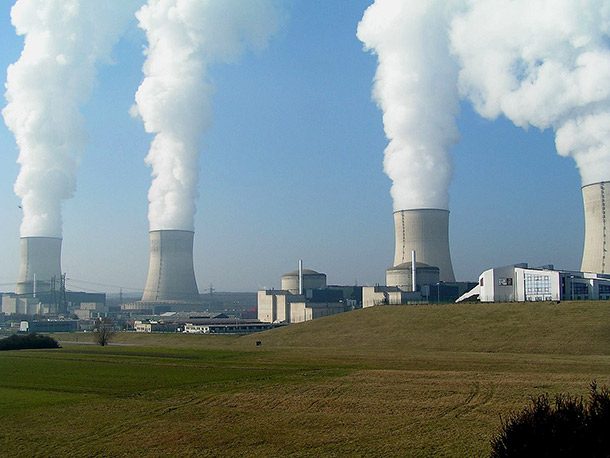
If we took advantage of the full extent of the sun's power, one hour could power the world for an entire year.
 Source: https://www.nationalgeographic.com/environment/global-warming/solar-power/
Source: https://www.nationalgeographic.com/environment/global-warming/solar-power/ Portugal took a huge step forward in clean energy. In five years, they went from 15 to 45 precent renewables on their electric grid, proving countries can make big changes in a short time.
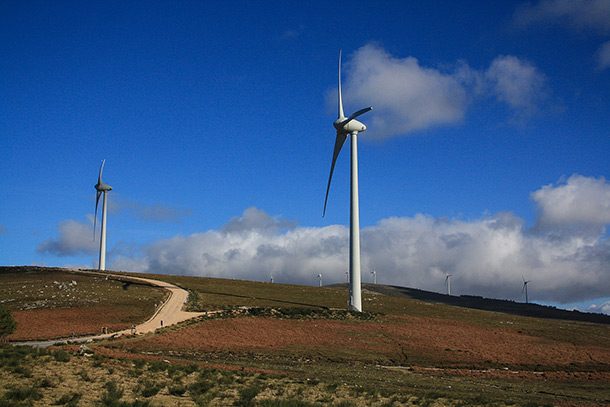 Source: http://www.nytimes.com/2010/08/10/science/earth/10portugal.html
Source: http://www.nytimes.com/2010/08/10/science/earth/10portugal.html Clean energy is great for jobs. According a report by the Environmental Defense Fund, renewable energy is beating out the rest of the U.S. economy in job creation by 12%.
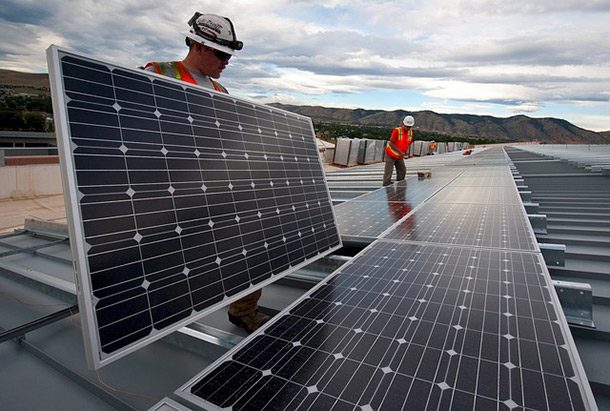 Source: http://edfclimatecorps.org/sites/edfclimatecorps.org/files/the_growth_of_americas_clean_energy_and_sustainability_jobs.pdf
Source: http://edfclimatecorps.org/sites/edfclimatecorps.org/files/the_growth_of_americas_clean_energy_and_sustainability_jobs.pdf China is also serious about transforming their economy toward clean energy. They built two wind turbines a day in 2014.
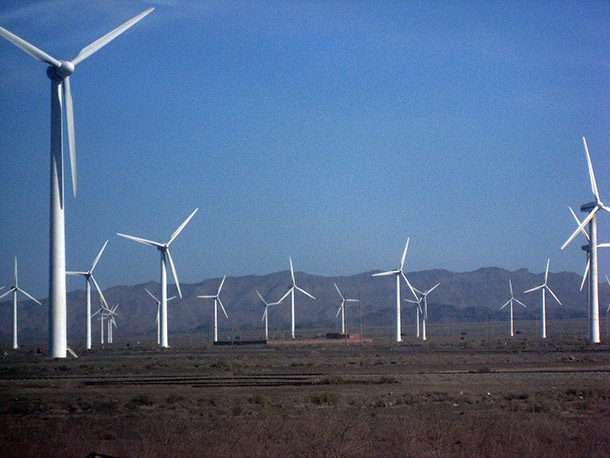 Source: http://www.bbc.co.uk/news/science-environment-25623400
Source: http://www.bbc.co.uk/news/science-environment-25623400 West Virginia could kick its coal habit and focus instead on geothermal power. After a study was done by Southern Methodist University, it was determined West Virginia could power its entire state with just 2% of its geothermal power.
 Source: https://cleantechnica.com/2010/10/13/google-hits-geothermal-jackpot-in-west-virginia/
Source: https://cleantechnica.com/2010/10/13/google-hits-geothermal-jackpot-in-west-virginia/ Right now, conserving water is more important than ever. Thankfully, clean energy like wind and solar use very little water, with solar needing 26 gallons and wind requiring zero. In contrast, fossil fuels require 687 gallons of water.
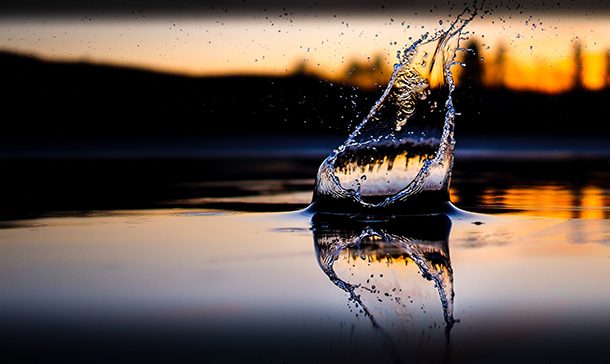 Source: https://www.huffingtonpost.com/jim-marston/10-clean-energy-facts-that_b_13136164.html
Source: https://www.huffingtonpost.com/jim-marston/10-clean-energy-facts-that_b_13136164.html The United Kingdom reached a huge milestone in 2016. 50% of their energy now is from renewable and low-carbon sources.
 Source: https://www.theguardian.com/environment/2016/dec/22/uk-hits-clean-energy-milestone-50-of-electricity-from-low-carbon-sources
Source: https://www.theguardian.com/environment/2016/dec/22/uk-hits-clean-energy-milestone-50-of-electricity-from-low-carbon-sources Clean energy helps to remove reliance on fossil fuels, creating economic stability by avoiding unnecessarily high oil prices.
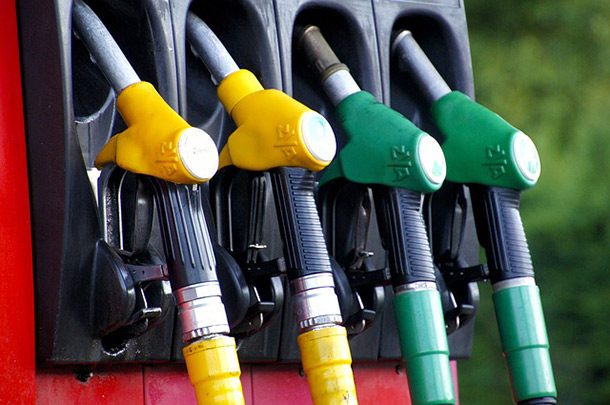 Source: https://www.ucsusa.org/clean-energy/renewable-energy/public-benefits-of-renewable-power#.WleHMpM-c1J
Source: https://www.ucsusa.org/clean-energy/renewable-energy/public-benefits-of-renewable-power#.WleHMpM-c1J With hurricanes and other disruptive events becoming more common and severe, clean energy is a more stable source of energy than coal because they're distributed and modular.
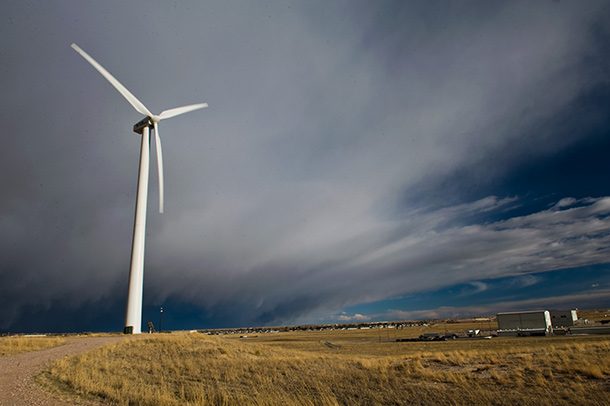 Source: https://www.ucsusa.org/clean-energy/renewable-energy/public-benefits-of-renewable-power#.WleHMpM-c1J
Source: https://www.ucsusa.org/clean-energy/renewable-energy/public-benefits-of-renewable-power#.WleHMpM-c1J Electric cars have a number of clean benefits, including cleaner air, less reliance on fossil fuels, and the ability to charge at home or stations that are solar powered.
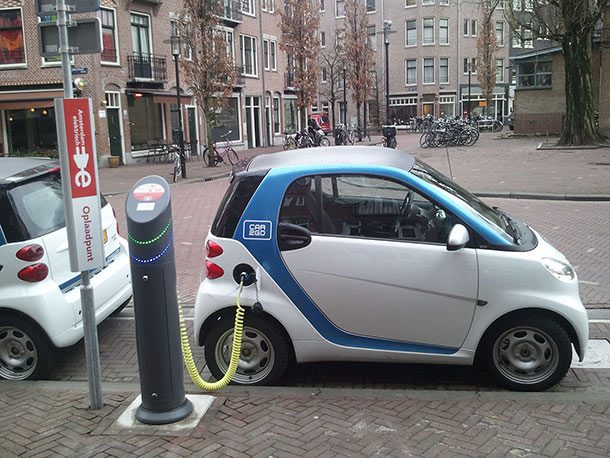
A study by Harvard University showed that the public health effects of coal cost an estimated $74.6 billion every year. Thankfully, with clean energy producing no pollution, these costs can be significantly reduced.
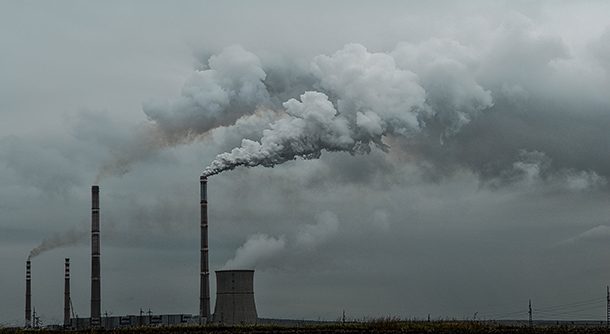 Source: https://www.ucsusa.org/clean-energy/renewable-energy/public-benefits-of-renewable-power#.WleHMpM-c1J
Source: https://www.ucsusa.org/clean-energy/renewable-energy/public-benefits-of-renewable-power#.WleHMpM-c1J While we know fossil fuels are non-renewable, which will inevitably make them more expensive, clean energy from the wind and sun is infinite, meaning the cost is stable and we won't have to worry about energy scarcity.
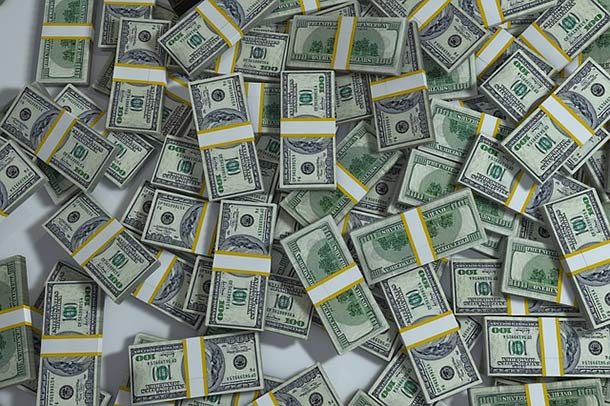 Source: https://www.huffingtonpost.com/jim-marston/10-clean-energy-facts-that_b_13136164.html
Source: https://www.huffingtonpost.com/jim-marston/10-clean-energy-facts-that_b_13136164.html The largest solar plant is in the Mojave Desert, owned by NRG Solar, Google, and BrightStar Energy. It's spread over 3,500 acres of land, soaking in and harnessing the sun.
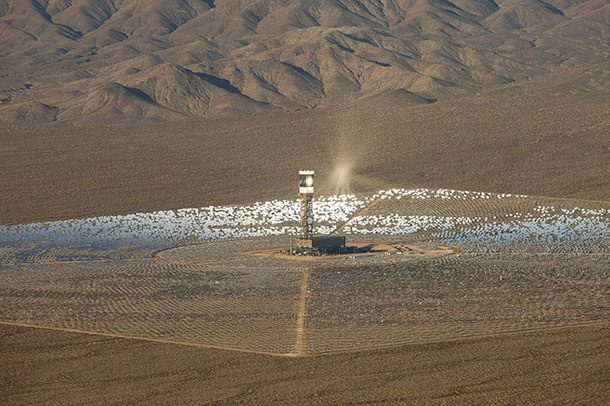 Source: https://gizmodo.com/22-amazing-renewable-energy-projects-that-pave-the-way-1762021945
Source: https://gizmodo.com/22-amazing-renewable-energy-projects-that-pave-the-way-1762021945 Hydroelectric power is also a good source of clean energy. In the U.S. alone, about 160 million tons of carbon emissions were avoided in 2004 because of hydropower.
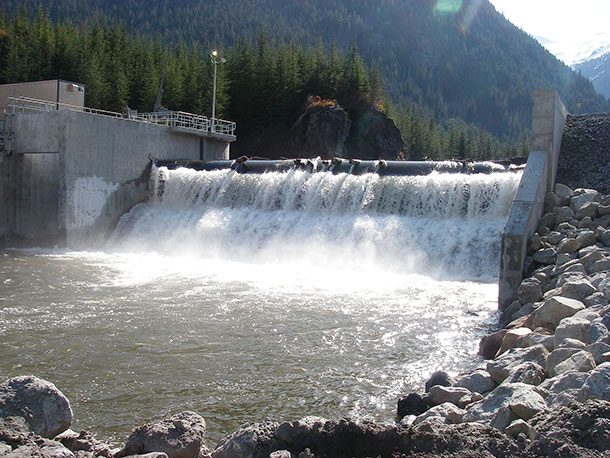 Source: https://naturalresources.house.gov/issues/issue/?IssueID=8267
Source: https://naturalresources.house.gov/issues/issue/?IssueID=8267 Wind farms don't just have to be on land. In 2013, the London Array, the world's largest offshore wind farm, began operations.
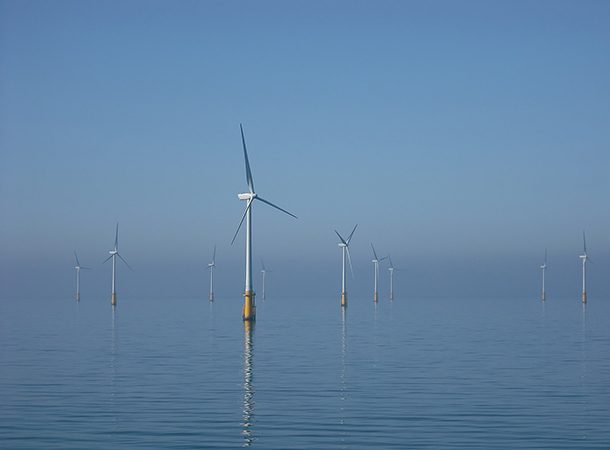 Source: http://www.telegraph.co.uk/news/earth/energy/windpower/9427156/The-London-Array-the-worlds-largest-offshore-wind-farm.html
Source: http://www.telegraph.co.uk/news/earth/energy/windpower/9427156/The-London-Array-the-worlds-largest-offshore-wind-farm.html Clean energy doesn't have to be wind and solar, either. Siemens started the first plant converting biogas from a sewage treatment plant into electricity to power its servers.
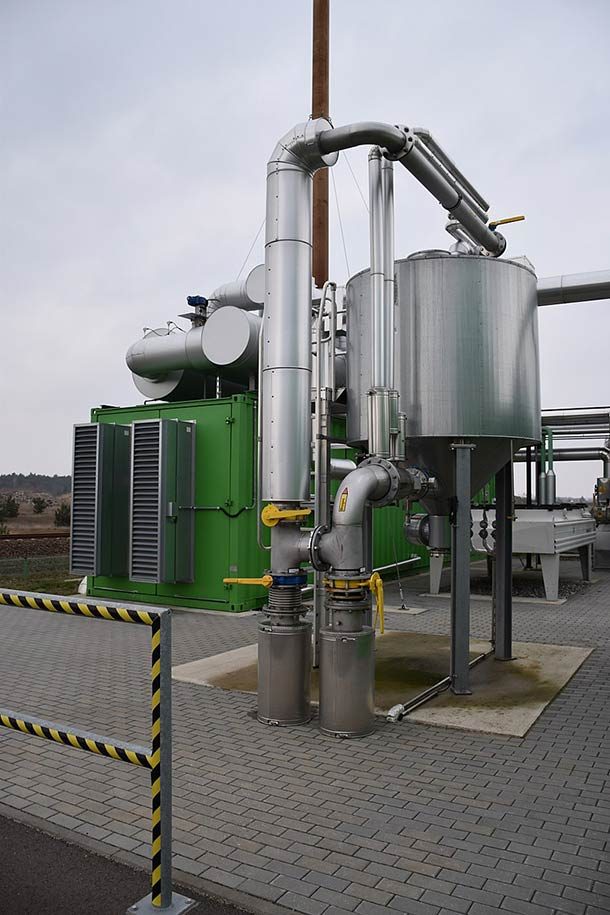 Source: https://phys.org/news/2014-11-green-center-autonomous-power.html
Source: https://phys.org/news/2014-11-green-center-autonomous-power.html Researchers at the University of Tokyo plan to utilize the world's deserts to power half the planet by 2050. How, you might ask? The silicone from sand can be converted to electricity.
 Source: https://www.fastcompany.com/1706372/sahara-solar-project-aims-power-planet-sand
Source: https://www.fastcompany.com/1706372/sahara-solar-project-aims-power-planet-sand Of the world's natural energy sources, the oceans are the most untapped but could prove useful. Currently, some of the only ocean water plants in the world are in Norway, France, and Hawaii.
 Source: http://www.encyclopedia.com/science-and-technology/technology/technology-terms-and-concepts/renewable-energy
Source: http://www.encyclopedia.com/science-and-technology/technology/technology-terms-and-concepts/renewable-energy 





